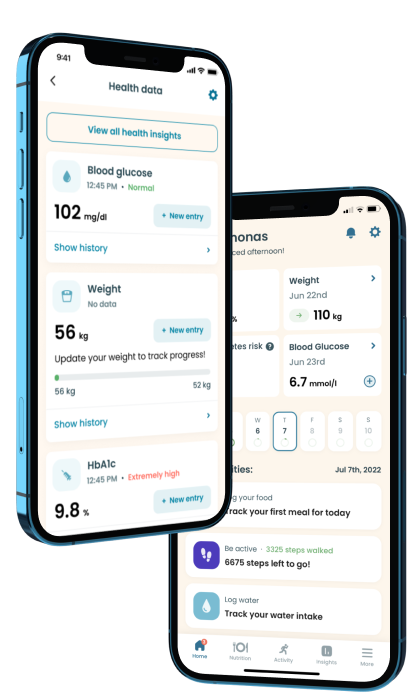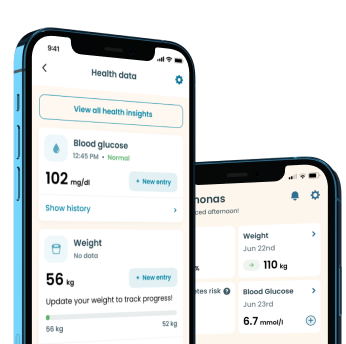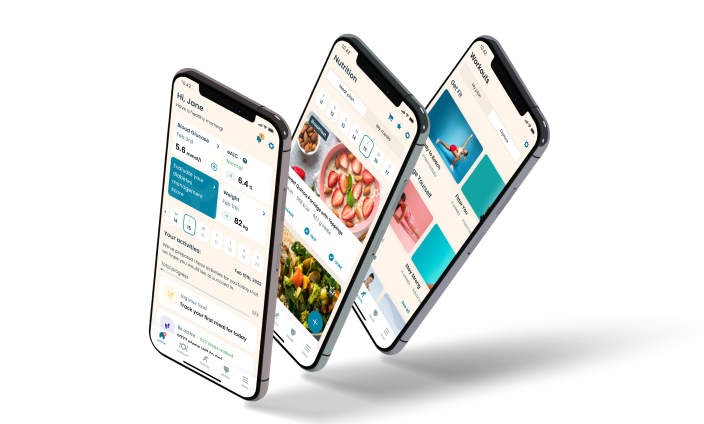Rye Bread and Diabetes

Not good
53
258 kcal
Maybe you’ve not given much thought to rye bread and diabetes. If you are diabetic, you know that the foods you eat play a role in your blood sugar levels. One of the nutrients you must pay close attention to is carbohydrates. That’s because they impact your glucose levels. Too many and you could see a spike in your blood sugar and the symptoms that go with it. So naturally, you’re probably wondering what kind of bread is best - wheat or rye? Keep reading to find out.
Nutritional value
- Protein 9 g
- Carbohydrate 48 g
- Fat 3.3 g
- Fiber 6 g
- Sugar 3.9 g
- Cholesterol 0 g
Why You Should be Eating Bread
Even with diabetes, you can safely eat bread. The trick is to choose 100% whole grain bread. That’s because they contain more fiber and complex carbohydrates. That’s important because these nutrients digest slowly, helping control your blood sugar and keeping it stable. On the other hand, refined white bread contains simple carbohydrates, which can cause a spike in your blood sugar. You may find that eating bread made from grains other than wheat allows you to consume more nutrients, which could make them a better choice for your meal plan.
Take a quiz
Discover what Klinio app can do for you
Healthy diabetes meal plan crafted just for YOU

Personalized workouts with no equipment needed

Track your progress with smart tracking tools

Rye Flour and Diabetes
Now that rye bread and diabetes is something you’re thinking about, you may be wondering if it’s a better choice. It could be. Why? Because rye flour tends to contain more nutrients than wheat flour. Rye bread is high in fiber, which if you remember from reading above, helps slow digestion so that your blood sugar levels stay stable. Some research shows that rye bread has a smaller impact on blood sugar than other kinds of bread, making it a viable option for a diabetic meal plan. Rye bread is also a good source of B vitamins and a variety of micronutrients that help you stay healthy, despite your disease.
Types of Rye Bread
While they all have a similar nutritional profile, it’s important to know that some types of rye bread are made with both rye flour and wheat flour. That includes most light and dark rye bread. Pumpernickel is made from coarse rye grains and may be made without wheat flour. If you want bread that is made solely with rye flour, be sure you read the ingredients panel so you know what you’re getting.
Diabetes and Celiac Disease
There’s some evidence that suggests that individuals with type 1 diabetes may be more predisposed to celiac disease since both are autoimmune conditions. In that case, you’ll need to follow a gluten-free diet. Rye is not gluten-free (along with wheat and barley) and will need to be avoided. Sometimes following a gluten-free diet can help you control your carbohydrate intake, which also makes it beneficial for those with type 2 diabetes. Talk to your doctor about a safe way to follow and gluten-free diet and ensure you’re getting the nutrients you need.
For those with diabetes, rye bread may be a better choice than wheat bread if you’re trying to optimize your fiber intake at mealtime. However, you can still enjoy other types of bread, provided they are made with 100% whole grains.

Download Klinio app!
Get more by downloading our free Klinio App. Analyze your health, form new habits and manage your diabetes anytime, anywhere.
OR
SCAN QR CODE



GET THE APP







.jpg)



